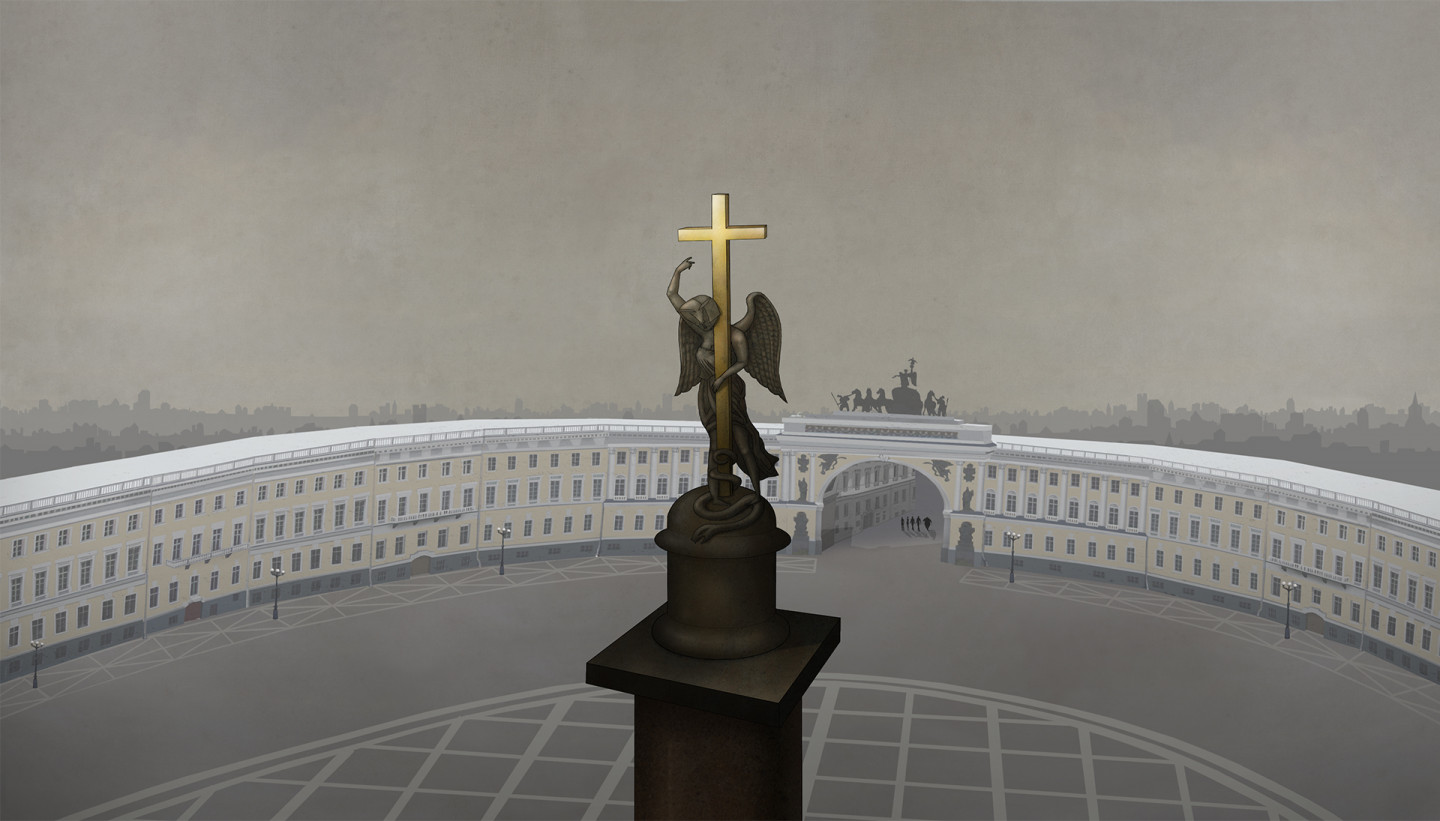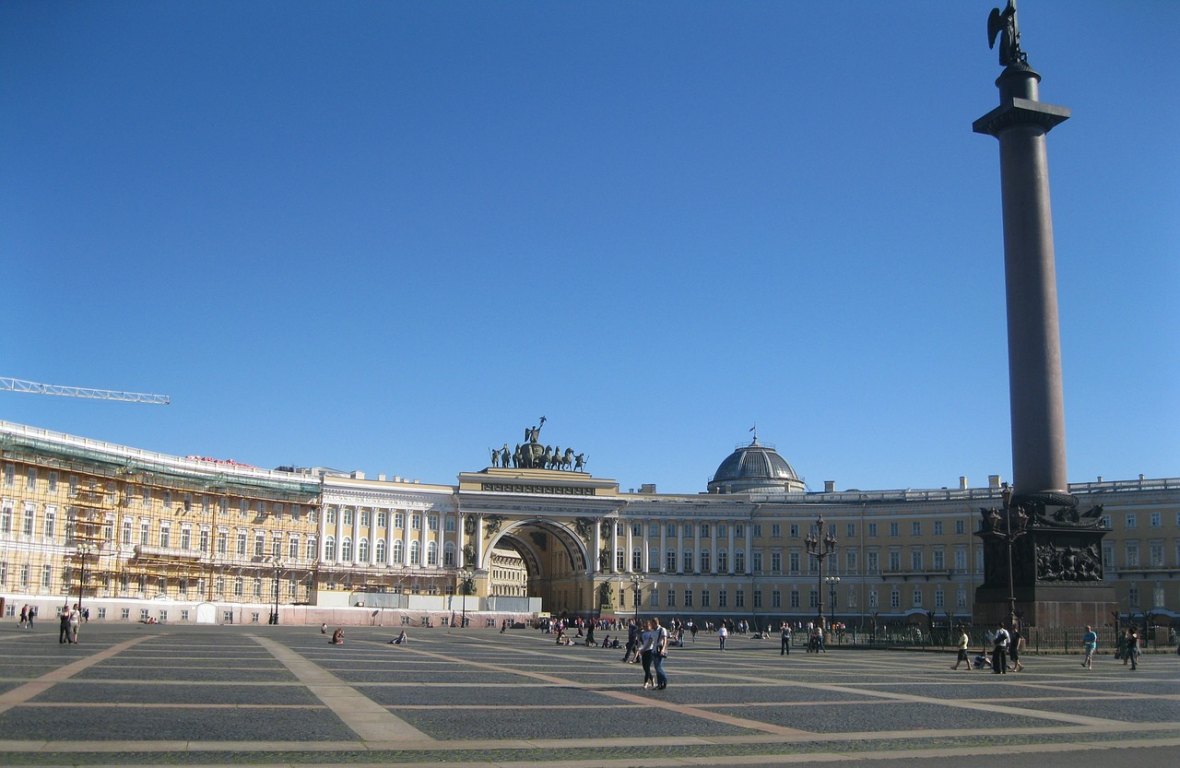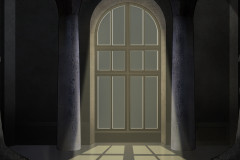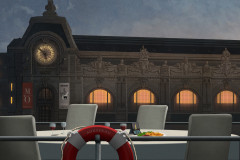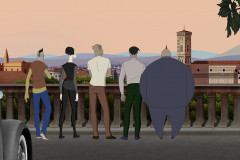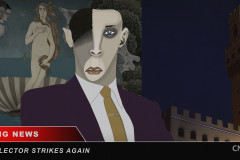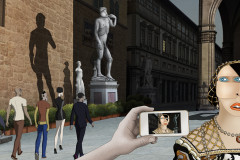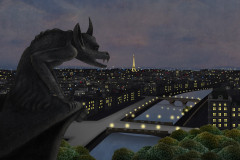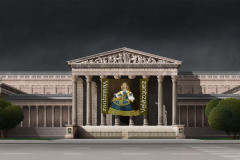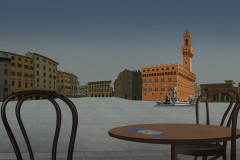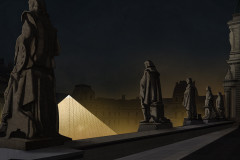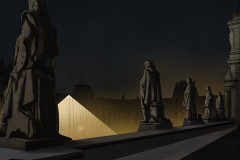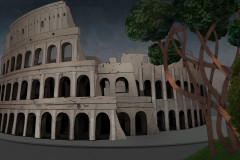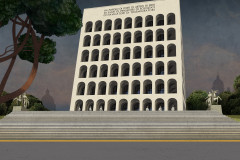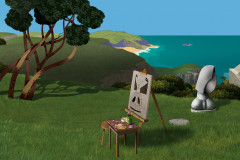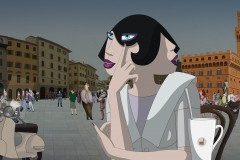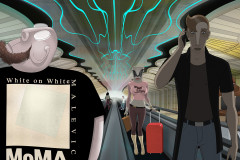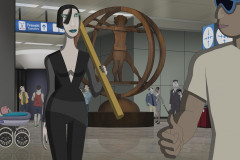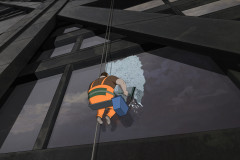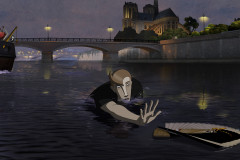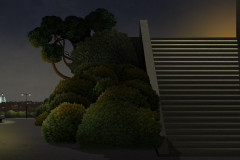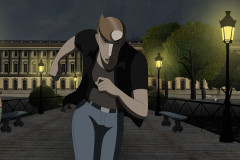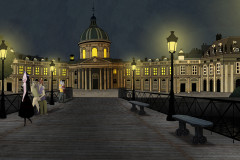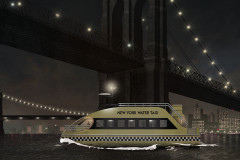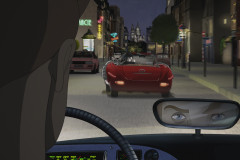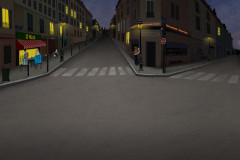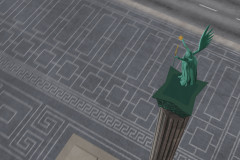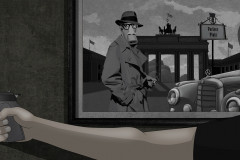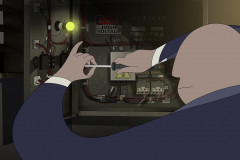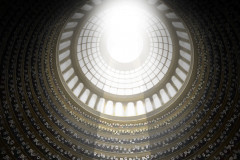Van-e monumentálisabb szimbóluma az orosz cári hatalomnak, mint az Ermitázs? I. Péter cár a Versailles-t kívánta felülmúlni a Téli Palota építésével. A Néva folyóra néző, több szintet átfogó óriás pilaszterekkel tagolt barokk stílusú főhomlokzat az olasz származású Rastrelli tervei alapján épült. A palota minden tekintetben lenyűgöző: a több mint 460 szobás épületegyüttesen 4000 munkás dolgozott, carrarai márványt és velencei csillárokat hoztak Szentpétervárra, a bútorok aranyozottak, az ajtók intarziával díszítettek voltak. Kár, hogy Nagy Katalin cárnő mindezt klasszicista stílusban rögtön át is építtette. Ő volt az is, aki a palota Remetelak nevű részében elhelyezte az uralkodói gyűjtemény darabjait – a remete franciául hermitage. Az 1917-es orosz forradalomig a Téli Palota a mindenkori uralkodó székhelye volt, ezután nem sokkal viszont Ermitázs néven megnyitották a gyűjteményt. A több mint 4 millió műtárgynak csak a töredéke van kiállítva, itt látható Leonardo Madonna Litta című képe vagy Rembrandt A tékozló fiú hazatérése című alkotása. Canova Amor és Psyche-szobra mindenkit lenyűgöz, és Matisse Táncát sem érdemes kihagyni.
Az Ermitázs a csapat első „hivatalos” célpontja, ahová már Ruben Brandt megbízására mennek. Először a hatalmas oszlopon álló, keresztet tartó angyalszobor magasságából látjuk a lenyűgöző épületegyüttest. Mimiék a Palota tér felől közelítik meg a múzeumot. A cél Gauguin képe, a Gyümölcsöt tartó nő. Bye-Bye Joe egy nagyon banális, mégis látványos performansszal vonja magára a figyelmet. A Bolsoj-hoz ez azért kevés. de itt, az Ermitázsban pont elég: a festmény pedig megszabadul köteleitől. Az akció sikeres, jár a pezsgő!
Hermitage Museum
Is there a more monumental symbol of Russian imperial power than the Hermitage? Tsar Peter the Great aimed to outdo Versailles with the construction of the Winter Palace. Facing the Neva River, its grand baroque façade—articulated by colossal pilasters spanning several stories—was designed by the Italian-born architect Rastrelli. Every element of the palace was crafted to impress: more than 4,000 workers labored on the 460+ rooms, Carrara marble and Venetian chandeliers were imported to St. Petersburg, furniture was gilded, and the doors featured exquisite inlays. Unfortunately for Rastrelli’s vision, Catherine the Great soon had the palace remodeled in a more restrained neoclassical style.
It was Catherine who also created the palace’s Hermitage—a secluded wing to house the royal art collection. The name comes from the French hermitage, meaning a retreat. Until the Russian Revolution of 1917, the Winter Palace served as the tsars’ official residence. Not long after, the art collection was opened to the public as the State Hermitage Museum. Today, it holds over 4 million objects, though only a fraction are on display. Among the highlights are Leonardo’s Madonna Litta, Rembrandt’s The Return of the Prodigal Son, Canova’s breathtaking Amor and Psyche, and Matisse’s vibrant The Dance.
The Hermitage is the team’s first “official” mission in the film—on Ruben Brandt’s orders. We first see the majestic palace from the height of the angel statue that holds a cross atop a towering column. Mimi and the crew approach the museum from Palace Square. Their target: Gauguin’s Woman Holding a Fruit. Bye-Bye Joe draws attention with a bizarre but striking performance. It wouldn’t cut it at the Bolshoi, but here, it works—the painting is freed from its frame. Mission accomplished. Time to pop the champagne.






